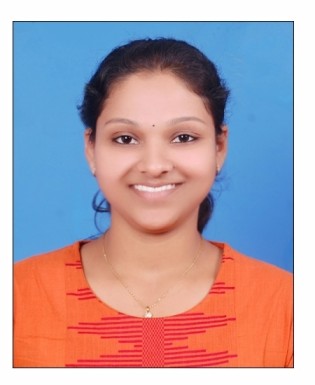Dr. Kothuri Naga Ravalika
@drsekharsdentalimplant.com
Researcher
Dr. Sekhar's Dental Care and Implant Centre
0
Scopus Publications
Scopus Publications
- Graftless solution for multiple unfavorably placed implants using dynamic abutment<sup>®</sup>solutions: A case report with a 3-year follow-up
Chandrasekhar Nakka, Soujanya Kollipara, and KothuriNaga Ravalika
Medknow
The employment of implant-supported crowns and bridges has become a well-established and preferred approach in replacing missing teeth. A favorable implant position is mandatory to obtain good esthetic results and ideal emergence of screw access hole. Usually, unfavorably placed implants are the result of insufficient bone volume which leads to implant trajectory in the available bone. Once placed, they are restored giving a cement-retained prosthesis to avoid labial/buccal screw access holes. A graftless solution for this scenario may be using an angulated screw channel technology which corrects the prosthetic screw access hole emergence in an alternative direction which is more esthetic and acceptable. Dynamic Abutment® Solutions system is unique and exclusive and can be used as a true alternative to titanium-angulated abutments or customized Ti abutments designed through computer-aided design and computer-aided manufacturing technologies. The Dynamic Abutment® solutions system rectifies angulation issues with millimetric precision up to 30° with full freedom of movement. This case report explains a case where a two-implant supported fixed partial denture was employed in the esthetic zone using Dynamic Abutment® Solutions system with angulation rectification by a graftless procedure. - Qualitative research and its role in public health dentistry
Ashwini Rao, Gururaghavendran Rajesh, Kothuri N Ravalika, and BH Mithun Pai
Jaypee Brothers Medical Publishing
Ab s t r Ac t Aim: The purpose of this review was to comprehensively explore various aspects of qualitative research, its methods, applications, challenges, and recommendations pertaining to dentistry. Background: Qualitative research is a form of social inquiry concerned primarily with how people see and understand their social world. It has hypothesized the field of social sciences and proved to be helpful in health sciences as well. It has a descent from anthropology and philosophy to sociology. Evidence shows that this method was first used by anthropologists and sociologists back in the early decades of 20th century, as a method of inquiry. The qualitative research cycle consists of three interlinked methods: the design cycle, ethnographic cycle, and analytical cycle. In-depth interviews, focus group discussions, observation, and documentary analysis are methods to collect data. Most commonly practiced methods are the first two approaches. An approach of investigation involving both quantitative and qualitative data analysis is called as mixed methods research. Review results: Literature search was done with the help of Endnote software, followed by systematically arranging the retrieved articles in a synchronized manner. Few studies were found in the field of public health dentistry, which employed a qualitative approach to probe into a few sensitive issues. Conclusion: Although the future scope of qualitative research in this field is immense, it continues to be underutilized. Qualitative research complements quantitative research work as it explores complex phenomena and areas in which quantitative research alone may not be amenable to. - Sociodemographic determinants of dental fluorosis in Mangaluru, Karnataka, India: An explorative study
Gururaghavendran Rajesh, Ravalika KN, Rao A, Shenoy R, and Pai M
Jaypee Brothers Medical Publishing
Aim:To analyze the sociodemographic determinants of dental fluorosis among high school children aged 12–16 years in Mangaluru, Karnataka, India.Materials and method:A cross-sectional study was conducted. Simple random sampling technique was employed to select the three schools for the present study. Demographic details and previous medical history was assessed by administering the questionnaire to the study subjects. Presence of dental fluorosis was assessed using the World Health Organization (WHO) oral health assessment form of 2013.Results:A total of 500 students were examined for the present study. A major fraction of the study population was formed by males. It was observed that 95 participants were affected by varying severity of dental fluorosis with the prevalence of 19%. Correlation and logistic regression analysis showed the occupation of father and dietary pattern to be significantly correlated with the presence of fluorosis in study subjects. Conclusion:Prevalence and severity of the condition are found to have a huge burden in the given urban population of Mangaluru city. As the occupation of father and dietary pattern showed significant association with fluorosis, further interventional studies are recommended to be conducted considering these socioeconomic factors. Clinical significance:Results of the present study will further our understanding of the association between prevalence and social determinants of dental fluorosis, which may be critical for prevention and control of the condition.

